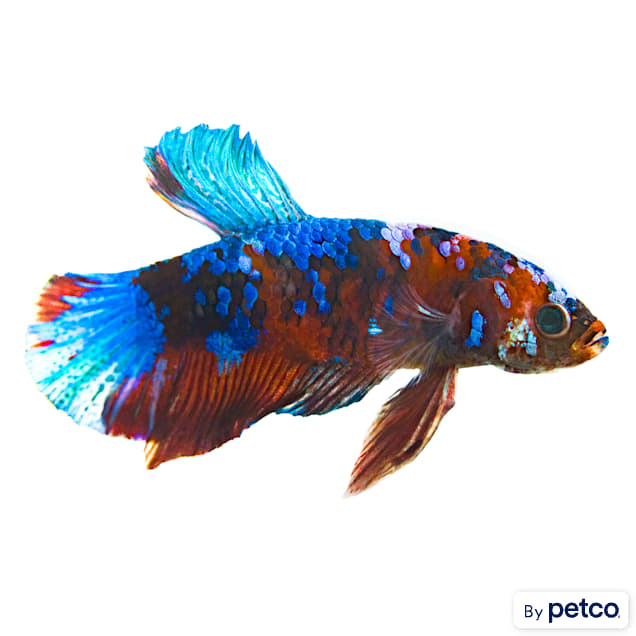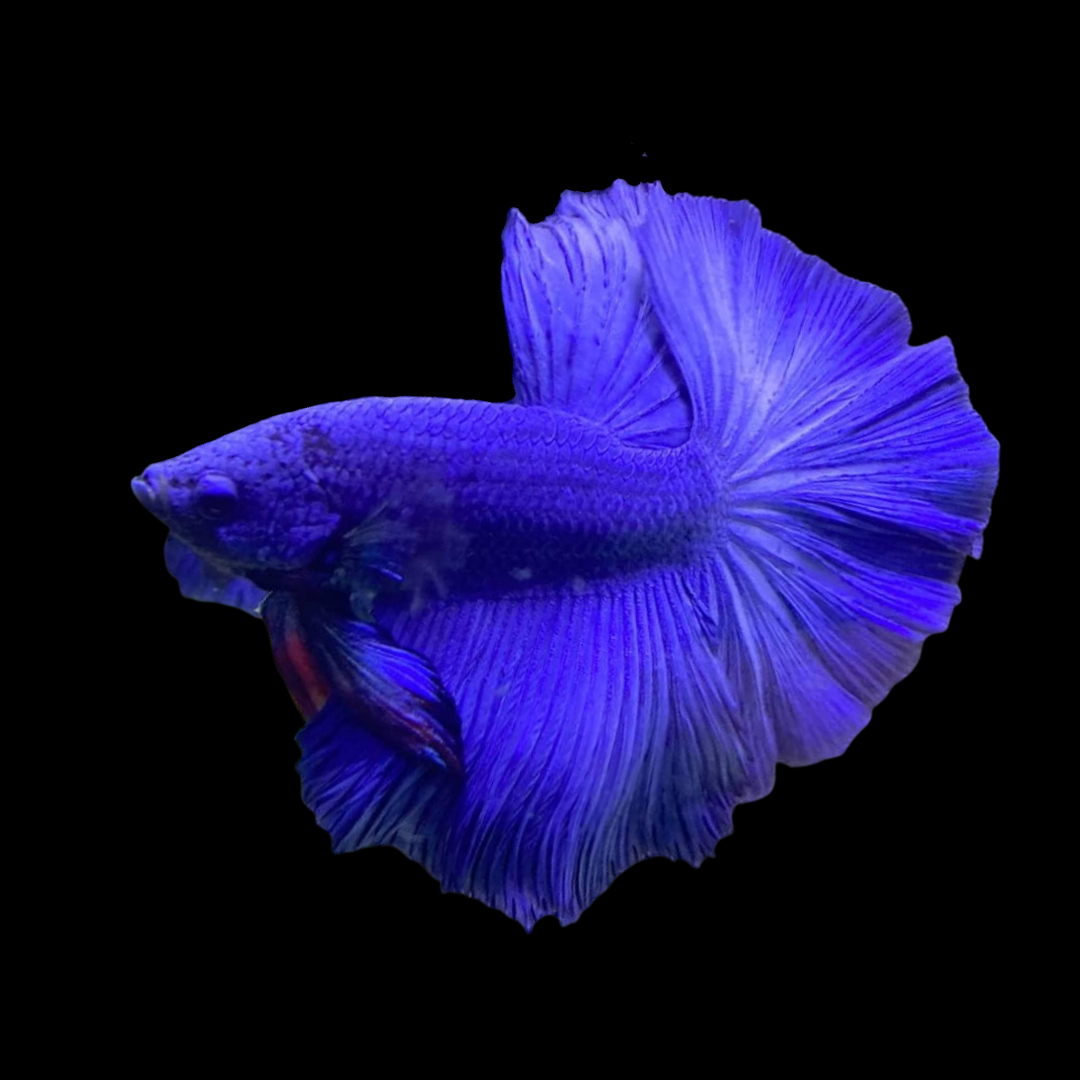Betta Fish Life Expectancy: How to Ensure Your Betta Lives Longer
Wiki Article
Breeding Betta Fish: a Comprehensive Step-By-Step Overview to Efficiently Raising Baby Bettas From Eggs to The Adult Years
Breeding Betta fish is a careful undertaking that calls for mindful preparation and implementation to guarantee the successful development of fry from eggs to mature fish. As the male Betta vigilantly constructs a bubble nest and guards the precious eggs, the succeeding stages of care and shift demand attention to detail and knowledge of best methods.
Selecting Reproduction Pairs
When starting the trip of reproducing Betta fish, selecting the right reproduction sets is vital to accomplishing desirable qualities and a healthy family tree - betta fish. The primary step in this procedure is to identify the details qualities you want to enhance or maintain, such as color, fin kind, and body shape. It is vital to choose genetically varied pairs to stay clear of inbreeding, which can result in health problems and undesirable featuresAssess prospective breeding prospects very carefully. A healthy male Betta needs to exhibit vivid colors, an energetic demeanor, and well-formed fins, while the lady should likewise present dynamic pigmentation and a rounded belly, suggesting readiness for spawning. Observing the character of both fish is vital, as aggressive or extremely shy individuals might not reproduce successfully.
Keeping records of the parent fish's ancestry can assist you track hereditary characteristics and potential concerns. Inevitably, spending time in the option procedure will significantly enhance the possibility of creating strong, lively children that satisfy your breeding goals.
:strip_icc()/how-long-do-bettas-live-1380782-hero-813aa5d34bab48cdb333edfe02471dad.jpg)
Preparing the Reproduction Storage Tank
Producing an optimal reproduction atmosphere is a key step after picking suitable sets for Betta fish. The breeding tank must be particularly designed to supply convenience and promote the natural reproduction behaviors of the fish. Beginning with a storage tank dimension of at the very least 10 gallons to ensure adequate area for both the male and women Bettas.Maintain a mild filtration system to maintain the water clean while avoiding solid currents that can emphasize the fish. Additionally, an air rock can be contributed to supply oxygenation without disrupting the water surface area also a lot.
Temperature level policy is important; aim for a steady variety of 78-82 ° F(25-28 ° C) utilizing a reputable heater. The pH degree should be preserved between 6.5 and 7.5, and routine water changes are needed to make certain high water quality.
Include floating plants or spawning mops to create concealing places for the lady, while also urging bubble nest building by the man - betta fish. Ensure the tank is free from sharp decors and any type of potential threats, as the welfare of the fish must constantly be focused on throughout this essential phase of reproduction.
The Reproduction Refine
Typically, the reproducing procedure for Betta fish includes a collection of distinct and visible actions that suggest readiness for reproduction. The male Betta begins by developing a bubble nest at the water's surface, which works as a website for the fertilized eggs. This nest is crucial, as it provides a secure environment for the eggs until they hatch.When Go Here the nest is developed, the male will display courtship habits, such as flaring his fins and showing lively shades to draw in the woman. The female, upon sensing the male's readiness, will respond by displaying upright red stripes along her body, indicating her receptiveness.
When the women strategies, the male involves in a mating dancing, typically causing an embrace understood as the "spawning." Throughout this welcome, the woman launches her eggs, which the male feeds quickly. The fed eggs then drop to the bubble nest, where the male very carefully collects and returns them to the nest. Following this, the male thinks responsibility for securing the nest and making sure the safety of the eggs till they hatch out, normally within 24-36 hours. This stage is critical in the reproducing process, laying the structure for successful fry growth.
Taking Care Of Betta Fry
Caring for Betta fry calls for careful attention to their atmosphere and nourishment to ensure healthy growth and advancement. After hatching, Betta fry are exceptionally tiny and susceptible, requiring a steady and clean habitat.Feeding Betta fry is similarly essential. They must be offered infusoria or finely smashed high-quality fry food, as their mouths are too little to manage bigger bits. As they grow, you can gradually introduce bigger foods, such as baby salt water shrimp or powdered flakes, to guarantee they obtain adequate nourishment. Feed them percentages several times a day, taking care not to overfeed, which can lead to water quality issues.
Transitioning to Adult Bettas
As Betta fry mature, transitioning them to adult Bettas is a vital phase that needs cautious management of their environment and social communications. This procedure typically starts when the fry get to around 6 weeks old, whereupon they can click here for info be slowly introduced to an extra organized living atmosphere.To facilitate this change, it is necessary to make certain that the water criteria-- such as temperature, pH, and ammonia levels-- are ideal and stable. Grown-up Betta fish flourish in cozy water (around 78-80 ° F) with a pH of 6.5 to 7.5. Progressively acclimate the fry to these problems to minimize stress and anxiety.
Social interactions are an additional crucial factor; male Bettas are notoriously territorial and hostile. Therefore, it is suggested to separate men into specific tanks as they grow. Women Bettas can be housed with each other, however treatment must be required to keep track of for signs of aggression.
In addition, dietary adjustments should be made as the fry expand. Include high-quality pellets and live foods to sustain their development and health and wellness. By handling these elements properly, you can advertise an effective shift to the adult years for your Betta fish.

Final Thought
Successful reproduction of Betta fish requires mindful attention to information throughout the whole procedure, from selecting genetically diverse sets to giving optimum treatment for fry. By making certain appropriate breeding problems and maintaining water quality, the possibility of healthy offspring boosts substantially. Additionally, a balanced diet plan and progressive adjustment to adult settings are essential for the growth and advancement of Betta fish. Adhering to straight from the source these actions carefully promotes a growing population of Betta fish, enhancing both their wellness and vigor.Report this wiki page